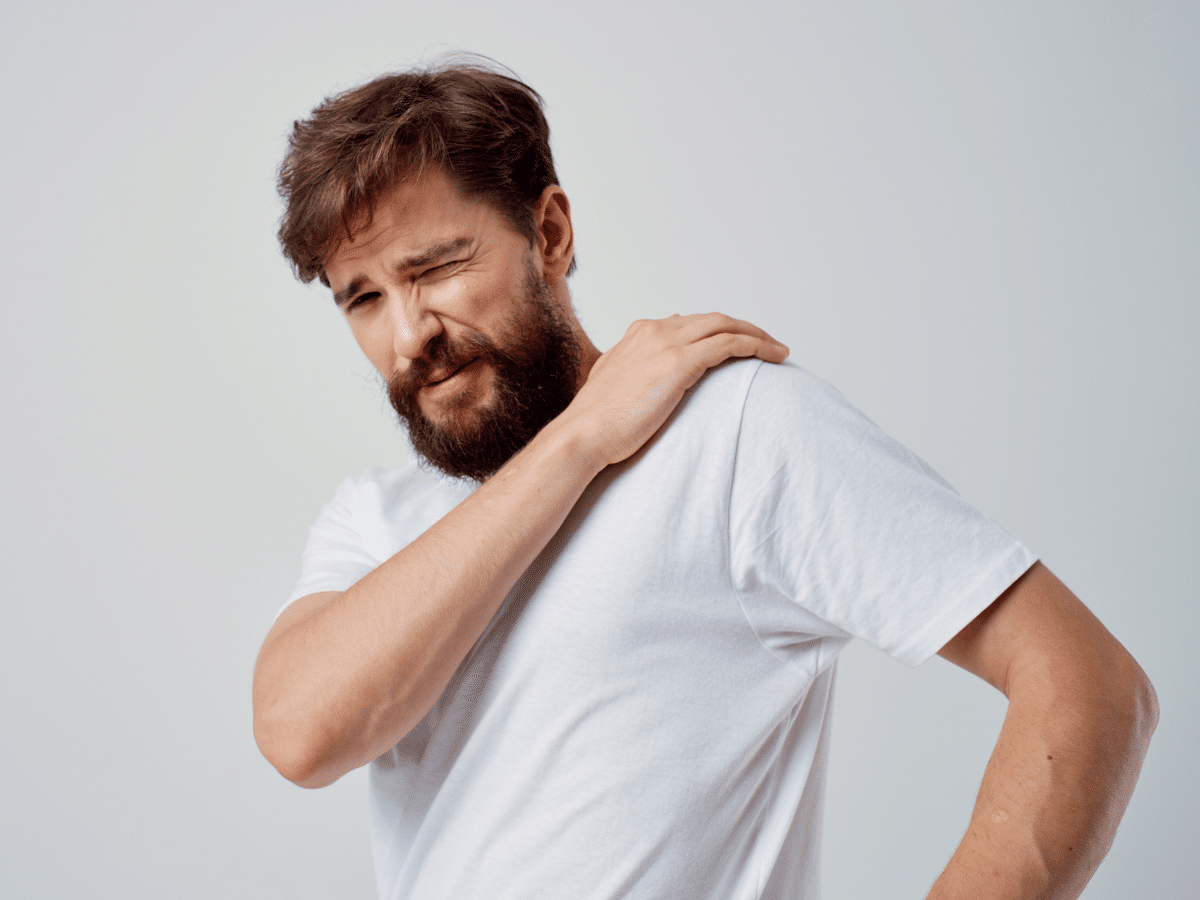Dr. Szerlip has joined forces with Austin Orthopedic Institute
We are at: 11675 Jollyville Road Suite 207, Austin, TX 78759
Call 512-856-1000 or click here to request an appointment.
Frequent shoulder pain can make daily tasks difficult to complete. Shoulder discomfort can sometimes be the result of a SLAP tear, especially among sports players. This article will examine the causes of SLAP tears and then explore how they can be treated successfully.
Dr. Benjamin W. Szerlip, DO, is a board-certified orthopedic and sports medicine specialist based in Austin, Texas. He has extensive experience helping individuals suffering from shoulder discomfort regain an active and healthy lifestyle. If you are seeking relief, consider scheduling an appointment with Dr. Szerlip today!
A SLAP tear is a common type of shoulder injury. A Superior Labrum Anterior and Posterior tear may also sometimes be referred to as a SLAP lesion.
The shoulder functions as a ball-and-socket joint. The shoulder socket is shallow and relies on a strong rim of fibrous tissue called the labrum to deepen the socket and stabilize your upper arm bone. The labrum also links the shoulder blade socket to one of the biceps tendons.
An injury to the top part of this labrum results in a SLAP tear.

The origins of many SLAP tears stem from repetitive motions, particularly shoulder rotation. These movements are often seen in athletes engaged in throwing, weightlifting, or professions that require frequent overhead lifting. A severe bucket handle or flap tear can also arise due to sudden traumatic incidents, particularly on an outstretched arm.
Furthermore, a shoulder labrum tear may develop gradually due to:
Typical symptoms of a SLAP tear include:
Accurate diagnosis of a SLAP tear involves a comprehensive review of your medical history and a physical examination assessing shoulder and arm strength and mobility. Additionally, an MRI scan may be necessary to examine the shoulder’s soft tissue closely.
Neglecting treatment for shoulder labral tears may lead to exacerbated symptoms, causing chronic pain and a decreased ability to use the affected arm and shoulder.

Treatment options for a SLAP tear depend on the severity and location of the injury, as well as your lifestyle objectives. Typically, orthopedic specialists opt for conservative treatments initially to alleviate pain and enhance mobility.
These conservative approaches may involve:
If pain persists beyond several weeks or if the labrum damage is severe, Dr. Szerlip might recommend arthroscopic SLAP tear surgery for relief. This outpatient procedure allows patients to return home on the same day.
This surgical intervention aims to trim the torn labrum portion or reattach it using small sutures. Additionally, in some cases, relocating the biceps tendon attachment from the labrum to another shoulder location (biceps tenodesis) can alleviate pain linked to SLAP tears.
Fortunately, advanced minimally invasive shoulder arthroscopic surgery techniques minimize surgical trauma, enabling a swift recovery and early return to normal activities.
Should you suspect symptoms of a SLAP tear, consider scheduling an appointment with Dr. Benjamin Szerlip in Austin, Texas today! Our shoulder specialist can provide you with an accurate diagnosis and personalized treatment plan aligned with your unique lifestyle and aspirations. Contact us today!
Medically reviewed by Benjamin W. Szerlip DO
Dr. Szerlip has joined forces with Austin Orthopedic Institute
We are at: 11675 Jollyville Road Suite 207, Austin, TX 78759
Call 512-856-1000 or click here to request an appointment.